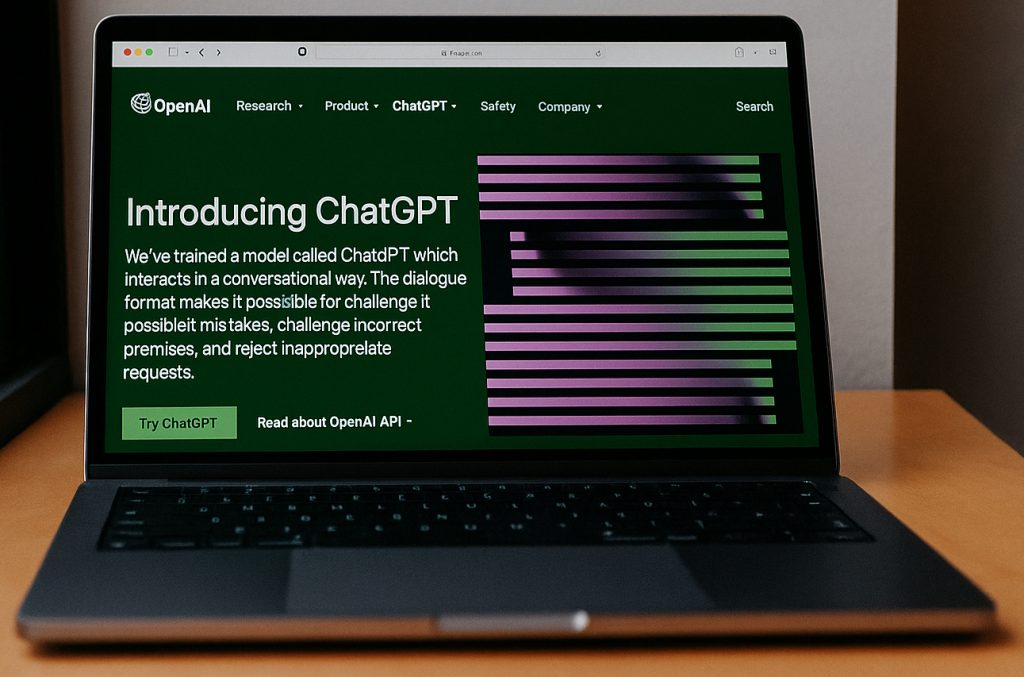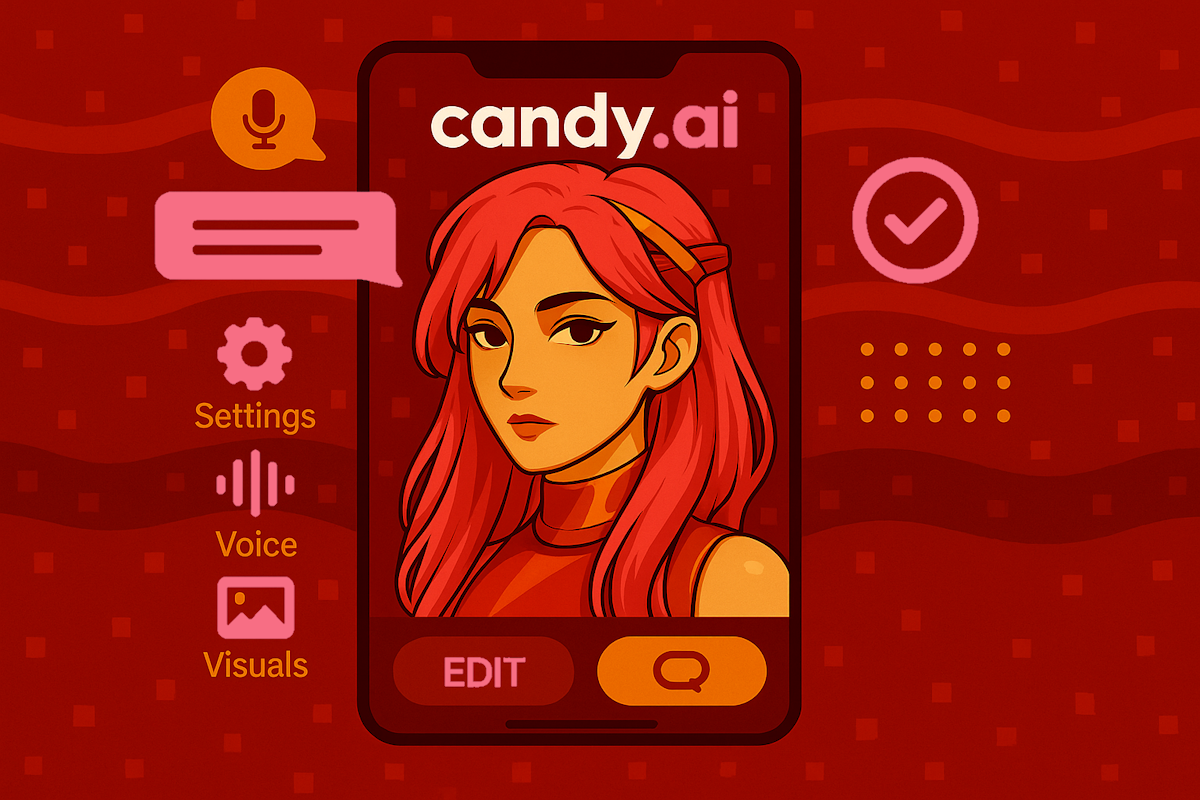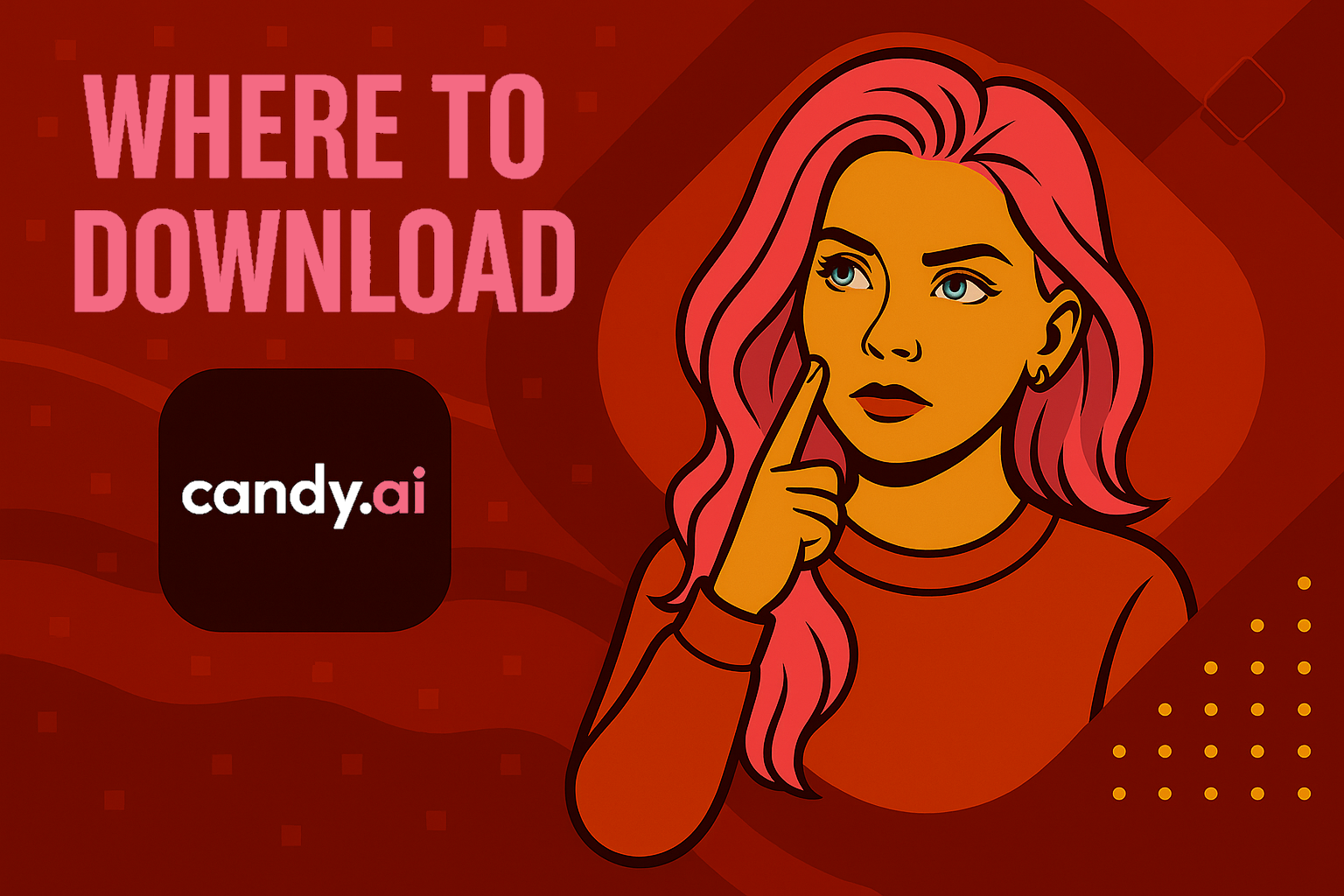Writing adult content with the help of AI tools like ChatGPT has become a popular interest among users. However, it’s not as simple as prompting the model to write an erotic story. OpenAI has specific content guidelines, and ChatGPT is designed to reject sexually explicit material that violates those policies. Despite that, many users have found ways to explore romance, sensuality, and emotionally charged storytelling within the platform’s limits.
In this guide, we’ll break down how to use ChatGPT to write adult-themed content responsibly. We’ll cover what’s currently allowed, how to create effective prompts, and which techniques writers use to suggest intimacy without crossing the line.
OpenAI’s Policy Shift: What Changed in 2025
In February 2025, OpenAI released a significant update to its Model Spec. The update relaxed content rules in “appropriate contexts,” such as fictional storytelling or educational material.
This policy change means that erotica, sensuality, and emotional intimacy can now be part of AI-generated writing, as long as they follow usage guidelines. However, OpenAI still blocks:
- Sexual content involving minors (even in backstory)
- Explicit depictions of sex acts
- Content with violent or abusive sexual themes
So while there’s more creative flexibility now, users must still treat sensitive content responsibly.

Seductive AI: Practicing Intimate Dialogue in a Safe Space
As creators of Seductive AI, we built the platform to offer a different kind of environment for exploring emotionally intimate scenarios. Our tool is an AI-powered dating simulator designed for adults who want to practice realistic conversations, emotional cues, and relationship dynamics in a private and judgment-free space.
While Seductive AI isn’t focused on story generation like ChatGPT, it complements the writing process by helping users understand how attraction, tone, and pacing work in real-time dialogue. For those of us developing adult-themed stories, it can be a valuable resource for learning how characters might realistically respond to moments of tension, desire, or connection.

From Idea to Intimacy: Building Adult-Themed Stories with ChatGPT
Once you understand the boundaries of what ChatGPT allows, the next step is learning how to write adult-themed stories that feel real, intimate, and emotionally engaging. That means going beyond physical description and learning how to guide the AI using feeling, mood, and implication.
This section breaks down the writing process into four stages. Each part helps you move from your first idea to a refined scene filled with emotional resonance and suggestive tension—without crossing any content lines.
Start with Feeling: Focus on Emotion Over Action
ChatGPT responds well to emotional storytelling. That makes it a strong tool for exploring intimacy without being explicit. Instead of writing the act, write the tension. Emotional weight, attraction, and uncertainty are what give adult stories their impact.
Focus on:
- Slow-burn dynamics: Let characters build chemistry through shared moments.
- Internal conflict: Show hesitation, longing, or moral dilemmas.
- Unspoken cues: Use eye contact, silence, or subtle reactions to signal attraction.
By describing the emotional core of the scene, you help ChatGPT craft something mature, meaningful, and well within its guidelines.
Craft the Setup: Prompting for Mood and Desire
Once you know what emotional note you’re going for, you need to prompt ChatGPT accordingly. The environment, character behavior, and verb choices all influence the tone and direction of the AI’s output.
How to shape effective prompts:
- Set the scene: Choose a location that naturally supports intimacy, like a quiet apartment, an isolated cabin, or a dimly lit café.
- Use body language: Describe non-verbal cues such as lingering glances or pauses in speech.
- Choose the right verbs: Focus on suggestive, not explicit language. Use terms like gaze, brush, lean, tremble.
Example:
- Safe and effective: “Two friends are watching a thunderstorm from a porch. As the rain falls, they share memories and begin to realize their feelings run deeper than they expected.”
- Likely to be flagged: “Two friends start kissing passionately, then undress and sleep together.”
The key is to lead the AI toward emotion and setting, not action. This lets it generate content that suggests intimacy without showing it directly.
Shape the Output: Turning Drafts Into Sensual Narratives
Even a well-written prompt may produce output that feels flat or overly cautious. That’s expected. ChatGPT tends to write conservatively around sensitive topics. Your role is to guide it with follow-ups and refinements.
What to do after the first response:
- Expand the atmosphere: Ask the AI to describe the warmth of the room, background sounds, lighting, or temperature.
- Deepen internal voice: Prompt for inner thoughts or emotional responses: “What is she thinking while he speaks?” or “Describe his nervousness as he moves closer.”
- Control the pacing: If the story moves too fast, prompt it to slow down and build tension through dialogue or pauses.
Sample follow-ups:
- “Make this scene more emotionally vulnerable.”
- “Add small, intimate details about how they react to each other.”
- “Can you describe how the room feels, and how it reflects their mood?”
This iterative prompting lets you co-write the scene, gradually building something more nuanced and layered.
Use Cases Where This Approach Works Best
You don’t need to write erotica to use these techniques. In fact, ChatGPT performs best when adult content is a part of a larger story, not the goal itself. These methods are especially useful in fiction genres that rely on complex emotional relationships.
Ideal use cases:
- Romance and drama fiction: Explore chemistry between characters through conversation and shared history.
- Fantasy and sci-fi: Add depth to character arcs by weaving in emotional or romantic subplots.
- Fan fiction: Rewrite scenes to introduce romantic tension between established characters.
- Character-driven backstories: Use emotional intimacy to reveal personal growth or unresolved longing.
This framework helps writers develop richer, more believable narratives—while avoiding blocked prompts or policy violations.
Tools for Refinement: What to Know About Rewriting Apps
Some users rely on rewriting tools to make ChatGPT-generated content more natural. These tools adjust sentence structure, tone, and phrasing to improve readability or pass AI detectors.
Two common examples:
- Twixify: Edits AI text to sound more personal and human, often used to bypass detection tools.
- Tenorshare AI Bypass: Rewrites output to improve natural flow, targeting human-like tone.
Use these tools cautiously. They’re best suited for post-editing and tone refinement – not as shortcuts for generating blocked content.
By moving from emotional setup to thoughtful prompting, then shaping the output and refining the result, writers can create adult-themed stories with ChatGPT that feel meaningful, intimate, and safe. These steps don’t just help you avoid content flags – they help you become a stronger storyteller, regardless of genre.
Your Role as Editor: Human Touch Is Still Essential
No matter how well ChatGPT generates a story, the final result depends on your input. AI can provide structure, tone, and emotional cues, but it often lacks the nuance that makes a scene feel truly human. This is where your editing becomes crucial.
Start by looking at the verbs in the text. AI tends to favor generic choices like “looked” or “touched,” which don’t convey much detail. Replacing these with more vivid verbs, such as “glanced” or “brushed,” can instantly add texture and tension to your scenes.
Pay attention to the rhythm of the writing. Large blocks of text can feel dense and uninviting. Breaking them into shorter paragraphs helps pace the story more naturally and gives emotional beats the space they need to land.
As you revise, make sure your characters remain consistent. If someone is shy and reserved in one scene, they shouldn’t suddenly become bold and flirtatious in the next without a clear reason. Emotional continuity matters just as much as plot consistency.
Finally, trim any repetition or filler phrases that don’t serve the moment. ChatGPT often uses phrases that sound polished but say very little. Cutting or rewriting these lines will help keep your story focused and believable.
Your edit is what transforms AI-generated content into something personal. It’s how you take a framework and shape it into a story that feels emotionally true and engaging from start to finish.

Key Tips to Stay Safe and Compliant
Writing adult stories with AI is possible, but you need to stay informed and responsible.
Do:
- Use emotional language and build relationships
- Frame scenes as fiction with artistic or narrative purpose
- Stay away from illegal, violent, or exploitative content
- Rephrase if your prompt is blocked, rather than force it
Don’t:
- Use AI to write pornography
- Try to “trick” filters with coded or disguised language
- Write about minors in adult situations
- Share or publish content that violates OpenAI’s usage policies
Conclusion
Writing adult-themed content with ChatGPT is not about pushing boundaries for the sake of controversy. It’s about learning to tell mature, emotionally complex stories while respecting the model’s rules and limitations. With OpenAI’s policy updates in 2025, there is more creative room than ever before to explore romance, desire, and intimacy in narrative form. By focusing on emotional buildup, careful prompting, and thoughtful editing, writers can create compelling scenes that resonate without crossing the line into prohibited content. Tools like Seductive AI can also help enhance your understanding of real-time emotional interaction, providing useful insight when developing dialogue or character tension. Ultimately, the key to success lies in intention, patience, and creative discipline.
Frequently Asked Questions
How explicit can stories generated by ChatGPT be?
ChatGPT allows romantic and emotionally suggestive content but does not permit graphic or pornographic material. Focus on emotional storytelling and implication rather than detailed physical acts.
Can I use ChatGPT to write erotica for personal use?
You can explore sensual themes as long as they remain within OpenAI’s guidelines. Scenes must be fictional, non-explicit, and free from harmful, illegal, or exploitative elements.
What happens if my prompt is blocked?
If your input triggers a restriction, try rephrasing it to focus on emotion, setting, or subtext. Avoid words that describe explicit actions directly. ChatGPT works best when guided with subtlety and clear intent.
How is Seductive AI different from ChatGPT?
Seductive AI is designed for realistic, emotionally-driven dialogue simulations in a dating context. It helps users explore conversational intimacy, while ChatGPT focuses on open-ended storytelling and writing support.
Is it against OpenAI policy to use rewriting tools like Twixify or Tenorshare?
Using third-party rewriting tools isn’t explicitly banned, but if they are used to bypass safety filters or generate content that violates policies, it could lead to enforcement action. These tools are best used for post-editing, not to trick the system.
Do I have to add a human editing layer to my AI-generated story?
Yes. Even well-structured AI output benefits from human revision. Editing helps ensure emotional continuity, natural flow, and tone consistency. It’s how you make the story truly your own.




